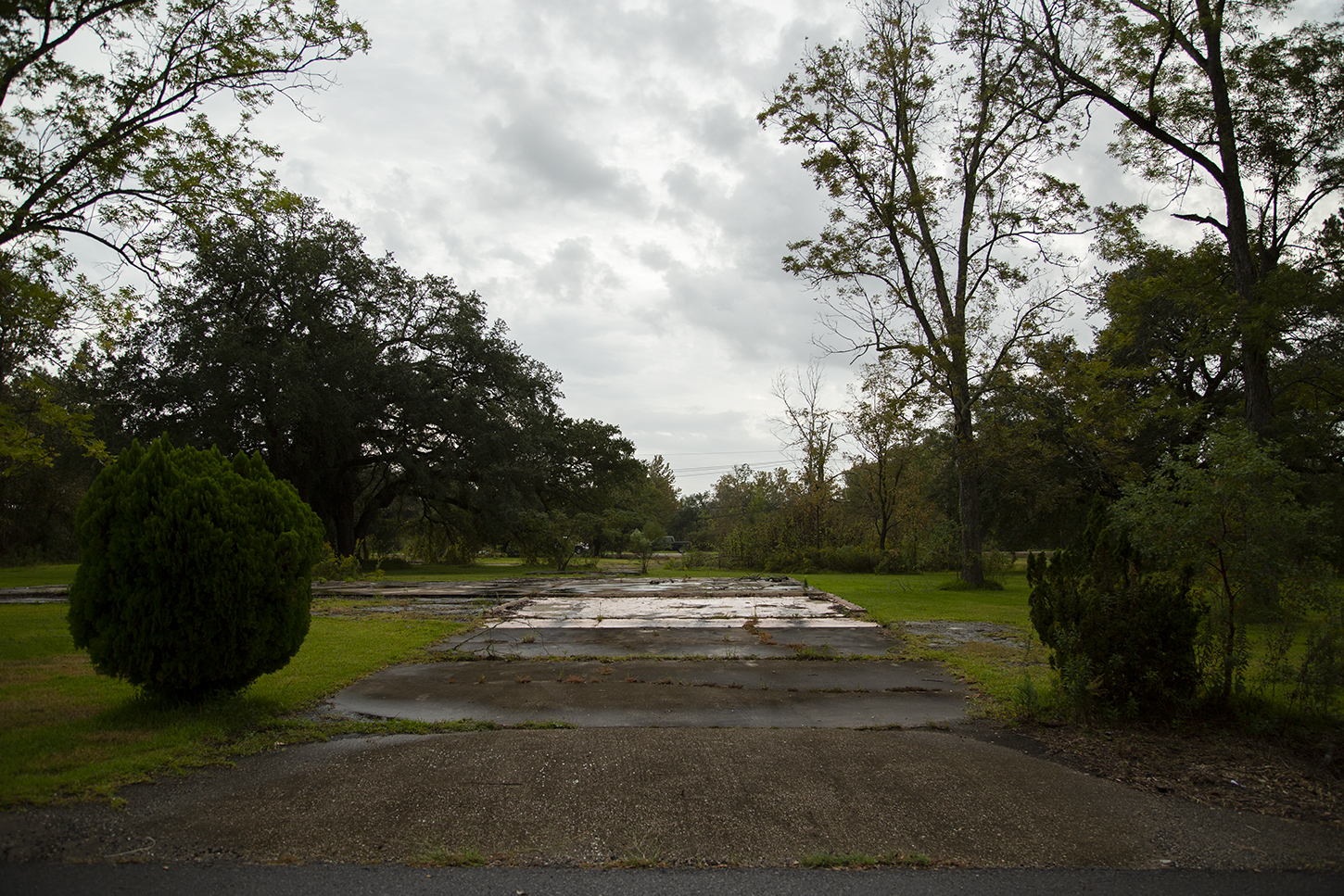Heather Rogers, “Erasing Mossville: How Pollution Killed a Louisiana Town,” The Intercept, November 4, 2015 →.
David Mitchell, “Report: These 4 South Louisiana Chemical Plants are Top-10 ‘Super Polluters’ in the U.S.” Nola.com, February 26, 2020 →.
Roland Geyer, Jenna Jambeck, and Kara Lavender Law, “Production, Use, and Fate of All Plastics Ever Made,” Science Advances 3, no. 7 (July 19, 2017): 2–3.
The production of PVC is one of the most toxic processes associated with plastics. It has been widely known, since at least 1970, to produce a range of cancers. Although many people have called for the outright ban on any chlorine-based plastics production, PVC is still being produced and distributed globally.
Sharpe, In the Wake: On Blackness and Being (Duke University Press, 2016), 104.
Formosa Plastics, a Taiwan-based company, plans to build a nearly one-thousand-hectare plastics factory known as the Sunshine Project along the west bank of the Mississippi River at a cost of $9.4 billion. This was enabled by a “competitive incentive package that would include a $12 million performance-based grant to offset infrastructure costs” from the State of Louisiana (see →). The proposed plastics factory will produce ethylene glycol, polyethylene, and polypropylene for the manufacture of eco grocery bags, N95 masks, car casings, ropes, drainage pipes, artificial turf, large playground equipment, polyester fibers, and antifreeze, according to its website (see →).
Sharon Lavigne, “Request from Rise St. James for a Moratorium for New Land Use Applications,” unpublished manuscript, September 13, 2019.
Fortunately, at the time of writing, the advocacy and organizing of Rise St. James has been making a significant impact, as a motion in district court in late 2020 suspended the company’s air permits, citing concerns over environmental racism. This is a deeply significant ruling, disrupting the ways that environmental racism has gone unchecked in the region for so long. It is hard not to read this ruling as influenced by the ongoing work of local environmental justice advocates coupled with the Black Lives Matter uprising in the summer of 2020. David J. Mitchell, “Judge Delays Crucial Permit for Formosa Plastics Plant; Requires Deeper Analysis of Racial Impacts,” The Advocate, November 18, 2020 →.
Jackson, introduction to Becoming Human: Matter and Meaning in an Antiblack World (NYU Press, 2020).
Sharpe writes: “Emancipation did not make free Black life free; it continues to hold us in that singularity. The brutality was not singular; it was the singularity of antiblackness.” Sharpe, In the Wake, 106.
Ferreira da Silva writes that white people’s self-actualization depends on Black fungibility. Here, we can read the production of plastic as a mode of white self-actualization, engaged in anti-Black acts of dispossession and dissemination of ill-health. Denise Ferreira da Silva. “1 (life) ÷ 0 (blackness) = ∞ − ∞ or ∞ / ∞: On Matter beyond the Equation of Value,” e-flux journal, no. 79 (February 2017) →.
Stuart Hall, “Encoding, Decoding,” in The Cultural Studies Reader, ed. Simon During (Routledge, 1993).
Stephen Fenichell, Plastic: The Making of a Synthetic Century (Harper Business, 1996), 63.
Stephanie LeMenager, Living Oil: Petroleum Culture in the American Century (Oxford University Press, 2014), 6.
On transoceanic cables, see Nicole Starosielski, The Undersea Network (Duke University Press, 2015), for a detailed examination of the conflictual role of cables as the central relays of the internet. For a critical appraisal of the use of oil and other potential toxic materials in digital technologies, see Sean Cubitt, Finite Media: Environmental Implications of Digital Technologies (Duke University Press, 2017), especially 35–46, the section on oil in relation to energy and media production.
John Durham Peters, The Marvelous Clouds: Toward a Philosophy of Elemental Media (University of Chicago Press, 2015), 37.
Roland Barthes, Camera Lucida: Reflections on Photography, trans. Richard Howard (Hill and Wang, 1981), 80.
Robert Hanley, “Eastman Kodak Admits Violations of Anti-Pollution Laws,” New York Times, April 6, 1990 →.
Michael I. Niman, “Kodak’s Toxic Moments,” Alternet, May 28, 2003 →.
In their decolonial feminist analysis of endocrine-disrupting chemicals (EDCs) in Aamjiwnaang First Nation, Reena Shadaan and Michelle Murphy organize their critique not around chemicals and bodies but around Land and bodies, privileging Anishinaabek and Haudenosaunee teachings. They write, “We use capital L ‘Land’ in this paper to indicate an understanding of land that is not commensurate with territory or earth, but rather includes nonhumans, ancestors, future generations and ‘all our relations’ stretching both backward and forward in time.” Reena Shadaan and Michelle Murphy, “Endocrine-Disrupting Chemicals (EDCs) as Industrial and Settler Colonial Structures: Towards a Decolonial Feminist Approach,” Catalyst: Feminism, Theory, Technoscience 6 no. 1 (2020): 24. Land points to both philosophy and governance of Anishinaabek, Haudenosaunee, and other Indigenous peoples of the lower Great Lakes region and how those were actively and deliberately disrupted through settler colonialism. Pollution can be understood within this framework as the continuation of the dispossession of Land.
Shadaan and Murphy, “Endocrine-Disrupting Chemicals,” 10.
Moten, In the Break: The Aesthetics of the Black Radical Tradition (University of Minnesota Press, 2003), 196.
Moten, In the Break, 198, emphasis in original.
Zoe Todd, “Fish, Kin and Hope: Tending to Water Violations in amiskwaciwâskahikan and Treaty Six Territory,” Afterall, no. 43 (Spring–Summer 2017), 104.
Eve Tuck and C. Ree, “A Glossary of Haunting,” in Handbook of Autoethnography, ed. Stacey Holman Jones, Tony E. Adams and Carolyn Ellis (Left Coast Press, 2013), 641.
Tuck and Ree, “Glossary,” 642.
Avery Gordon, Ghostly Matters: Haunting and the Sociological Imagination (University of Minnesota Press, 2008), 8.
Gordon, Ghostly Matters, 57.
Excerpted from Heather Davis, Plastic Matter (Duke University Press, 2022). Copyright Duke UP.
